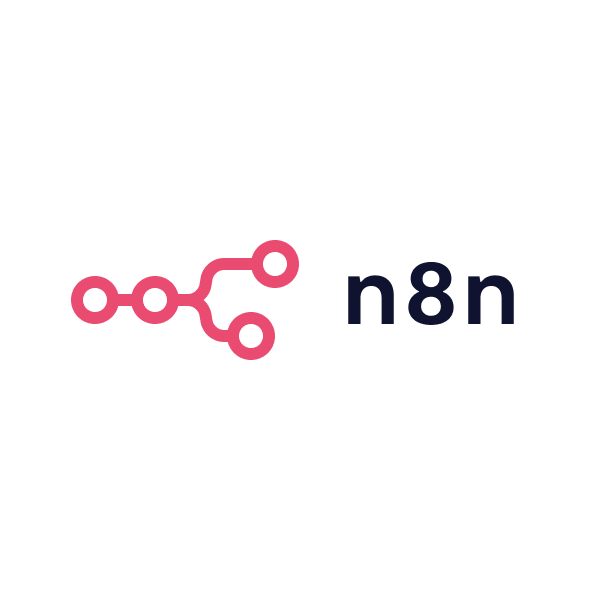As a head of growth and founder of two agencies, I’ve spent years using Google Analytics to monitor traffic and user engagement. However, as my focus shifted towards understanding user behaviour and optimising product funnels, I found that Google Analytics didn’t offer the depth I needed. Recently, I began testing Amplitude for my own funnel, specifically looking to track user behaviour and product engagement more effectively. Although I haven’t used Amplitude extensively in the past, I’ve been conducting some desk research and plan to update this review with real-world results as I continue my testing.
Strengths of Amplitude
One of the standout features of Amplitude is its ability to track detailed user interactions. In Google Analytics, you can track page views, sessions, and events, but Amplitude allows you to track specific user actions within your product, like clicks, feature usage, or sign-ups. This level of detail is essential when you’re looking to optimise a B2B funnel, as it enables you to understand how users are interacting with the product and where they drop off in the process. You can also set up advanced segmentation based on user attributes and behaviours, which helps identify high-value cohorts that are most likely to convert.
Another benefit of Amplitude is its funnel analysis and cohort tracking. These features allow me to break down how different groups of users behave across various stages of the funnel, giving me clear insights into areas that need optimisation. Google Analytics, on the other hand, offers more basic funnel tracking, which doesn’t provide the same level of detail. The cohort analysis in Amplitude allows me to track user groups over time and see how their behaviour evolves after different marketing touchpoints, making it a great tool for tracking product adoption and customer retention.
Limitations of Amplitude
The primary downside of Amplitude, at least for now, is its pricing structure. Google Analytics is free and offers a broad set of features that work for many B2B marketers. Amplitude, however, offers a free version, but to access more advanced features like custom events and segmentation, you’ll need to opt for a paid plan, which can get quite costly. As a B2B marketer testing the waters with a new tool, this is something to consider, especially if your business is still growing and doesn’t yet need the full power of Amplitude.
Another limitation is the learning curve. Amplitude’s interface is powerful, but it can feel overwhelming if you’re used to simpler tools like Google Analytics. There’s a lot of functionality packed into the platform, which means it may take some time to set up and start extracting valuable insights. While this is a sign of the tool’s depth and potential, it’s important to factor in the time required for learning and setup before fully integrating it into your workflow.
Ideal fit for B2B marketers
Amplitude is perfect for larger B2B teams focused on understanding detailed user behaviour, tracking advanced funnels, and segmenting users based on specific actions. It’s a powerful tool for teams that need to optimise a product-led growth model or those with complex sales and marketing funnels. If you’re looking to dive deep into user engagement and need advanced cohort analysis and product tracking, Amplitude is a tool worth considering. However, if your needs are more focused on website traffic and general user engagement, Google Analytics will still suffice, and it’s a more cost-effective choice for smaller teams or startups.






